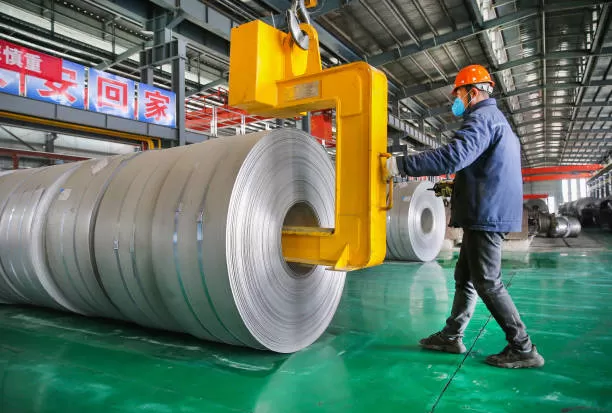India’s steel production to surge by 32.9% by 2030

11 Oct 2024 CW Team
India’s crude steel production is projected to grow by 32.9%, reaching over 186 million metric tons (MMt) annually by 2030, according to a report by S&P Global Commodity Insights. The report, titled "India's Circular Economy Goals: Spotlight on Ferrous Scrap", emphasises the critical role of ferrous scrap in reducing carbon emissions as the country, the world’s second-largest steel producer, transitions towards more sustainable production methods.
The report highlights that as India aims to scale its steel production capacity to 300 MMt by 2030, the use of ferrous scrap through electric arc furnaces (EAFs) and induction furnaces (IFs) will be crucial in reducing the sector’s reliance on high-emission blast furnace routes. The shift aligns with the government’s target of making ferrous scrap 50% of the steel feedstock by 2047.
S&P Global Commodity Insights has also enhanced transparency in ferrous scrap pricing with daily assessments for Indian containerised shredded scrap starting in June 2024. This move aims to reflect the evolving dynamics in the scrap market as Indian steelmakers increasingly rely on spot trades to secure essential scrap inflows.
“The transition to ferrous scrap is crucial for India’s decarbonisation goals,” the report noted, adding that while domestic scrap supply is growing through shipbreaking and vehicle scrappage programs, imports remain vital. UAE is currently a key supplier, but global competition for ferrous scrap is intensifying.
The report also touched upon the challenges facing India’s steel sector in its circular economy shift. These include global regulatory hurdles like the EU’s Waste Shipments Regulation and the Carbon Border Adjustment Mechanism (CBAM), which may restrict the availability of ferrous scrap exports. Despite these challenges, the report stresses that ferrous scrap will play a pivotal role in India’s efforts to decarbonise its steel industry.
With the steel industry moving towards indexation and global risk management practices, India’s steelmakers are expected to benefit from increased price stability and improved procurement strategies, the report concluded.
